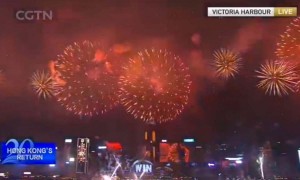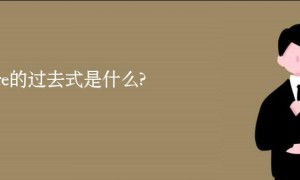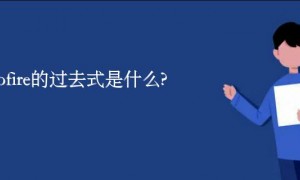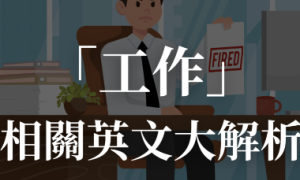set on fire, catch fire
这两个短语都可表示“燃烧”。它们的区别是:
前者表示使动,意思是“使燃烧”,可以是故意的或意外的; 后者表示自动,意思是“燃烧”,一般是意外的。例如:
The house caught fire.这房子失火了。
The despot set his house on fire before he took to flight.恶霸逃跑前,放火烧了自己的房子。
set on fire, be on fire
这两者都表示“使燃烧”。它们的区别是:
前者强调动作; 后者强调状态。例如:
The houses were set on fire by the enemy.房子被敌人放火烧了。
The houses were on fire.房子着火了。
on fire, on the fire
这两个短语的意思有区别:on fire的意思是“着火”“情绪激昂”; on the fire的意思是“尚未决定”“在准备中”。例如:
His voice sounded louder and higher, as if he were on fire with eagerness and anger.他的声音越来越大,越来越尖,好像他很生气,非常激动的样子。
He has a new novel on the fire.他正准备写一部新小说。
set fire, light
这两个词(组)都可表示“点燃”。它们的区别是:
set fire可表示意外或故意烧着了或点燃了某东西,如房子、衣服等; 而light表示点燃香烟、炉灶、蜡烛等。例如:
He lit a cigarette.他点燃了一支香烟。
Who set fire to the house?是谁纵火烧这房子的?
fire at, fire on
这两个短语都表示“向…射击〔开火〕”。它们的区别是:
fire on后面常接炮击的对象往往是炮台、船只、城市、人群等; fire at射击的对象往往是人、动物或某一场合。
fire, ignite, inflame, kindle, light
这组词的意思都与“燃烧”有关。它们的区别是:
1.fire多用于口语中,表示迅速燃烧起来,并产生通红的颜色; light是普通用语,指发光或发热; kindle指需较长时间或事先要做一定准备方能点燃。例如:
Someone fired the building.有人放火烧了那栋楼房。
She lighted the candles.她把蜡烛点燃。
The spark kindled the dry wood.火星燃着干柴。
2.ignite多用于科技方面,指来势凶猛的燃烧,或与易燃物接触后所引起的燃烧; inflame则多用于文学作品中,指激起强烈的感情。例如:
Spontaneous combustion ignited the heap of oil-soaked rags in the basement.自燃使得地下室渍油的破布堆燃烧起来了。
Her question seemed to inflame him all the more.她的问题似乎使他更加恼火了。
discharge,dismiss,fire
这些动词都有“解雇,开除”之意。
discharge语气较重,指有理由的解雇,含几乎不再复用的意味。
dismiss正式用词,是这组词中语气最轻的一个词,一般只有从上文才能看解雇的原因或理由。
fire口语用词,多指被断然地突然解雇,其行动犹如开枪一样干净利落。
kindle,fire,ignite,light
这些动词都含“点燃、着火”之意。
kindle指艰难或缓慢地把可燃料点燃,可用于比喻。
fire普通用词,指将某物点燃使其燃烧起来,火势可大可小。
ignite多用于科技文体,指使某物受热直到燃烧或发光,也可指用火花使易燃物迅速燃烧起来。
light普通用词,指点燃易燃物,使其能发光,满足各种需要。










